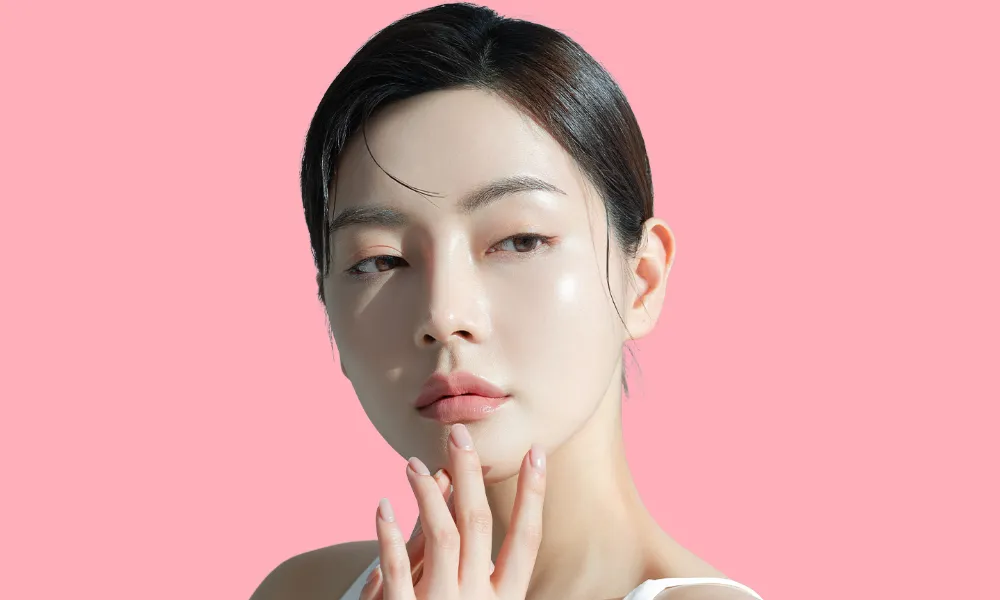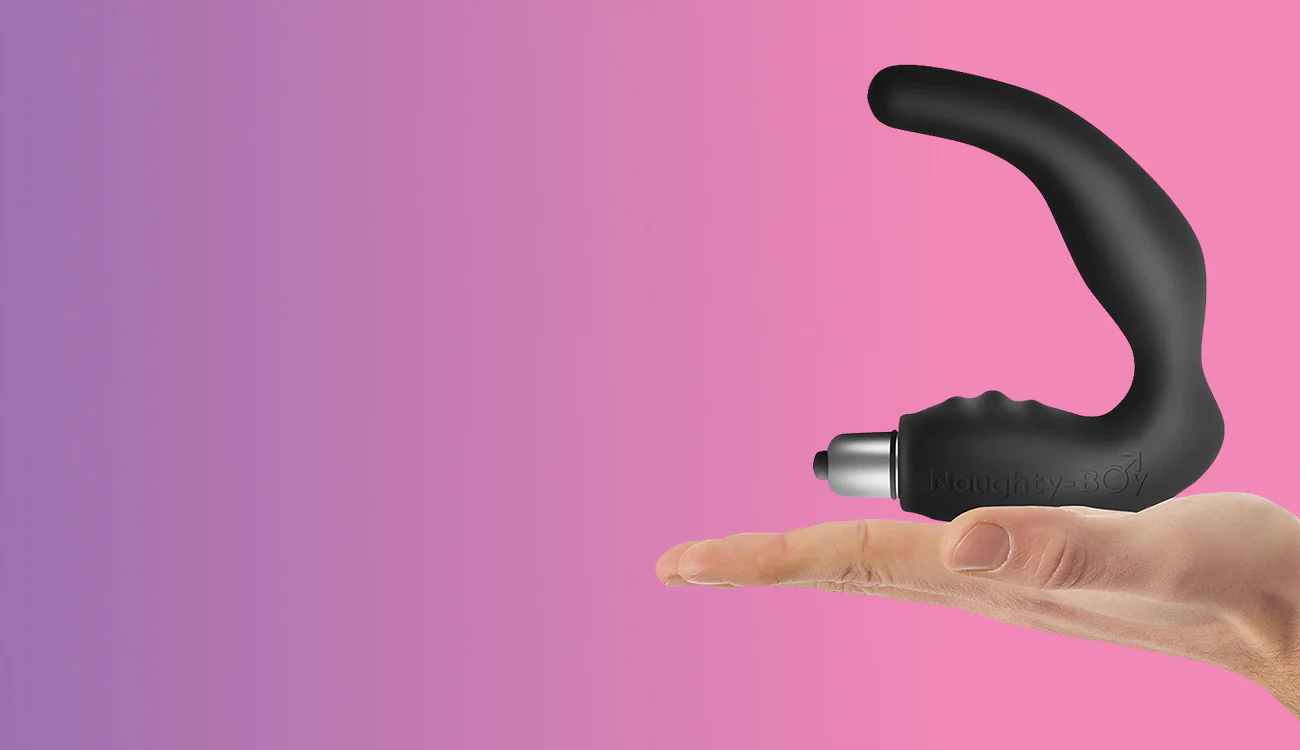Korean skincare has captured the attention of beauty enthusiasts around the globe. From unique product formulations to routines built around consistency and care, K-Beauty has reshaped how people think about skin health. If you’ve ever admired the glass-like glow that so many achieve with these routines, you may be curious about how to bring those results into your own daily life. Exploring Korean wholesale skincare is an excellent place to begin, as it offers access to both the traditions and modern approaches that make this movement so influential. This guide will walk you through the story, science, and practical steps behind K-Beauty so you can build your own path toward radiant skin.
The Allure of K-Beauty: Why Korean Skincare Continues to Grow
Beyond a Passing Trend
What started as a niche interest has become a worldwide phenomenon. K-Beauty is more than a temporary craze; it is a philosophy that prioritizes hydration, nourishment, and long-term skin health. Unlike the quick-fix products often promoted elsewhere, Korean skincare builds its strength through consistent layering and tailored routines. Instead of relying on a single “miracle cream,” K-Beauty encourages a step-by-step approach where each product serves a defined purpose.
This dedication to detail, combined with clever social media marketing and influencer endorsements, has made Korean skincare one of the most accessible and widely discussed approaches to beauty. The sheer range of options—whether addressing acne, sensitivity, pigmentation, or dryness—means there is something for everyone.
A Tradition Rooted in History
The philosophy behind K-Beauty is not new. Its origins trace back hundreds of years, with practices shaped by Korean dynasties and cultural rituals. Historical records describe the use of rice water, herbal extracts, and natural oils to preserve skin health. Over time, fermentation techniques brought probiotics into skincare, and methods like “Jojong,” where nourishing oils were applied with care, emphasized balance and ritual.
These traditions remain visible today, only now paired with modern research and advanced formulations. Ancient wisdom has merged with science, producing products that feel both familiar and forward-thinking. The continuity of this cultural emphasis on skincare has made it more than just another beauty routine—it is a practice deeply woven into daily life.
Building a K-Beauty Routine: A Step for Every Concern
One of the most recognized aspects of Korean skincare is the multi-step routine. At first glance, hearing that it may involve six to ten different products can feel intimidating. In reality, it is less about following a strict checklist and more about understanding what your skin needs at any given time. The steps work together to deliver complete care, ensuring that the skin is cleansed, nourished, and protected throughout the day and night.
Step 1: Cleansing
K-Beauty is famous for the “double cleanse,” which involves starting with an oil-based cleanser to dissolve makeup, sunscreen, and excess sebum, followed by a water-based cleanser to remove sweat, dirt, and remaining residue. This method leaves the skin fresh and balanced without stripping away its natural barrier.
Step 2: Exfoliating
Exfoliation is not meant to be done daily, but incorporating it a few times a week helps clear away dead skin cells and allows treatments to penetrate more effectively. Korean exfoliators often lean toward gentler options, like rice powders or fruit enzyme peels, which smooth skin without the harshness of strong scrubs.
Step 3: Toning
Unlike traditional Western toners that are often alcohol-based and drying, Korean toners are designed to hydrate and prep the skin. They help restore the skin’s pH after cleansing and create a smooth canvas for the products that follow.
Step 4: Essence
Essence is often considered the heart of the K-Beauty routine. Lightweight yet packed with nutrients, it deeply hydrates the skin and supports renewal at a cellular level. Applying essence before serums ensures that the skin is supple and ready to absorb treatments more effectively.
Step 5: Treatments (Serums and Ampoules)
This is the “custom” stage of the routine, where products are chosen based on personal concerns. Someone struggling with acne might reach for a serum with tea tree or niacinamide, while another dealing with dullness could use brightening formulas with vitamin C or licorice extract. Ampoules, which are more concentrated than serums, provide an extra boost when the skin needs intensive care.
Step 6: Sheet Masks
Sheet masks are a beloved feature of Korean skincare. They’re not just pampering extras but an effective way to infuse the skin with hydration and targeted ingredients. With options ranging from calming aloe to firming collagen, there is a mask for nearly every skin issue. While not required daily, using one a few times a week can make a noticeable difference.
Step 7: Moisturizing
Moisturizer seals in all the previous layers and ensures lasting hydration. Choices vary depending on skin type: oily skin often benefits from lightweight gels, while dry or mature skin may require rich creams or overnight sleeping masks to lock in moisture.
Step 8: Sun Protection
No routine is complete without sunscreen. In Korean skincare, SPF is non-negotiable. Daily sun protection not only prevents premature aging but also defends against hyperpigmentation and long-term damage. Many K-Beauty sunscreens are lightweight, non-greasy, and designed for comfortable daily wear, which encourages consistent use.
Adapting the Routine to Your Needs
One of the reasons K-Beauty routines have gained so much popularity is their flexibility. They are not about rigidly applying ten products every single day. Instead, the idea is to build a “toolbox” of products that you can rotate depending on your skin’s condition. If your skin feels dehydrated, you might add a sheet mask and richer moisturizer. On a busy morning, you may pare down to a cleanser, moisturizer, and SPF.
Seasonal Adjustments
Environmental factors also play a big role in shaping the routine. During cold, dry winters, skin often benefits from heavier creams and oils that create a protective shield against harsh conditions. In hot and humid summers, lighter, gel-based products help maintain hydration without clogging pores. This seasonal flexibility ensures that the skin remains balanced year-round, regardless of climate changes.
Ultimately, the K-Beauty routine is less about following rules and more about listening to your skin. It offers a thoughtful, layered approach that treats skincare not as a chore but as a self-care ritual, blending both consistency and adaptability for lasting results.
Ingredients That Make K-Beauty Stand Out
Natural and Laboratory-Enhanced Formulas
Korean skincare values both natural and synthetic ingredients, often blending the two for maximum effect. Traditional favorites like green tea, ginseng, and rice extract continue to be widely used, celebrated for their calming and rejuvenating properties. At the same time, laboratory-created ingredients such as hyaluronic acid deliver reliable hydration in higher concentrations than what can be found naturally.
This balance reflects K-Beauty’s practical approach—using the best of both worlds to create formulas that are safe, effective, and enjoyable to use.
Star Ingredients That Deserve Attention
- Snail Mucin: Loved for its ability to repair skin, fade scars, and improve hydration.
- Propolis: A bee-derived ingredient with antibacterial and soothing benefits, particularly helpful for acne-prone skin.
- Ginseng: Boosts energy and radiance, combating dullness and fatigue.
- Centella Asiatica: Known as “cica,” this plant extract calms irritation and supports healing.
- Licorice Extract: A natural brightener that targets dark spots.
- Tea Tree Oil: Helps keep breakouts under control.
Each of these ingredients demonstrates K-Beauty’s creative approach, where uncommon yet highly effective materials are crafted into results-driven formulas.
Learning to Read Skincare Labels
Navigating product labels can feel like decoding a foreign language. Understanding a few key terms can make the process less intimidating:
- Non-comedogenic: Won’t clog pores.
- Hypoallergenic: Formulated to minimize irritation.
- Dermatologist-tested: Reviewed for safety, though not always a guarantee of effectiveness.
Pay attention to the first few items on an ingredient list, as they make up the largest portion of the product. Look for active ingredients that match your goals—such as niacinamide for brightening or peptides for firming. At the same time, be aware of potential irritants if your skin is sensitive. Being label-savvy empowers you to make confident choices.
Shopping Smart: Wholesale K-Beauty
Where to Shop
The rise of Korean skincare has made products widely available, but not all sources are equal. Reputable online platforms like YesStyle, StyleKorean, and Soko Glam offer curated selections of authentic products. Larger retailers such as Sephora and Ulta also carry well-known K-Beauty lines, making them accessible to everyday shoppers.
For those buying in bulk, wholesale options provide cost savings. Authenticity is key, so always stick to trusted platforms or brand websites to avoid counterfeit items.
Why Wholesale Can Be a Smart Move
Wholesale purchasing allows buyers to enjoy significant savings, especially when trying multiple products. Bulk orders often come with discounts, and many brands offer subscription services or loyalty programs that provide even greater value over time. This makes it easier to explore different product types without overspending, though it is still important to evaluate the balance between price and quality.
Choosing the Right Brands
With so many new companies entering the K-Beauty space, it can be difficult to know which ones to trust. Look for transparency about ingredient sourcing, cruelty-free certifications, or sustainability efforts. Independent reviews and dermatologist insights can also be invaluable. Brands with a long history in Korea often carry a deeper connection to tradition, while newer brands may offer creative takes on familiar practices.
Application Techniques: Getting the Most Out of Your Products
The Art of Layering
The order of application matters. Begin with the lightest product, such as toner or essence, and gradually move toward heavier creams or oils. This method ensures each layer is absorbed properly without creating buildup. Gentle patting rather than rubbing helps with absorption, while tools like jade rollers can add circulation benefits.
Tools and Techniques
Using spatulas to scoop creams keeps products sanitary, while cotton pads can help distribute toner evenly. For those who prefer applying by hand, clean fingertips provide warmth that helps serums and essences penetrate more effectively. Incorporating massage into your routine not only supports skin health but also creates a calming ritual that encourages consistency.
Adjusting for the Seasons
K-Beauty routines are never static. Winter calls for thicker, more protective products, often enriched with ingredients like ceramides. Summer demands lighter gels and water-based formulas that maintain hydration without weighing down the skin. By observing how your skin responds to changing environments, you can keep it glowing year-round.
Final Thoughts
Korean skincare is more than a routine—it is a culture of care, balance, and consistency. From ancient herbal traditions to modern laboratories, it has evolved into a practice that emphasizes both effectiveness and enjoyment. By understanding the philosophy, exploring key ingredients, shopping wisely, and mastering application, you can experience the radiant results that have made K-Beauty beloved worldwide.
Whether you are an individual curious about starting your first routine or a buyer looking to source products through wholesale, the world of Korean skincare opens up endless opportunities to care for your skin with intention and confidence.







